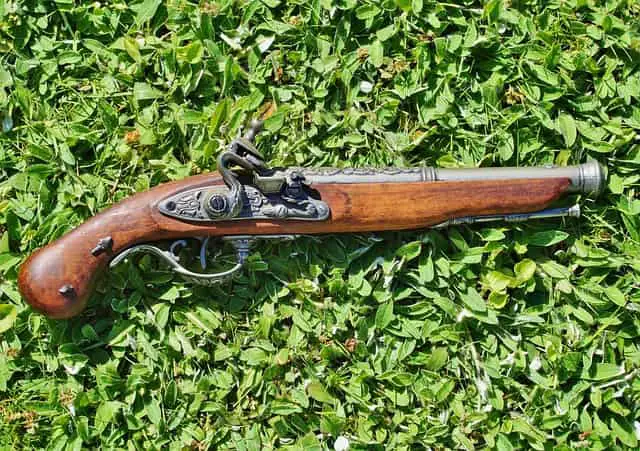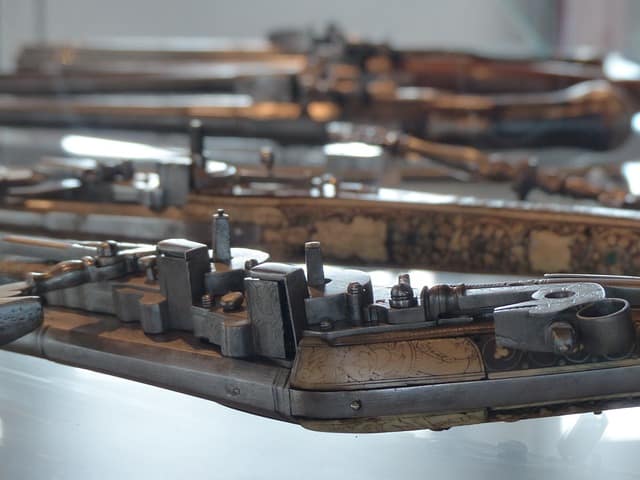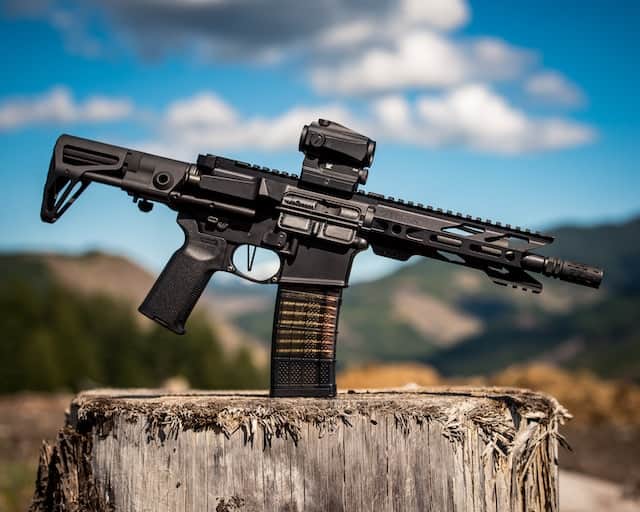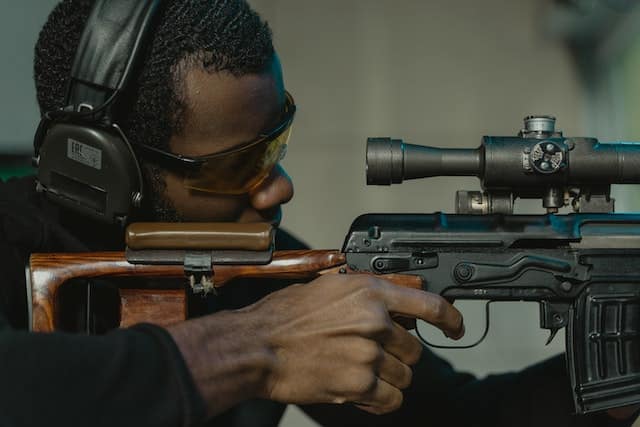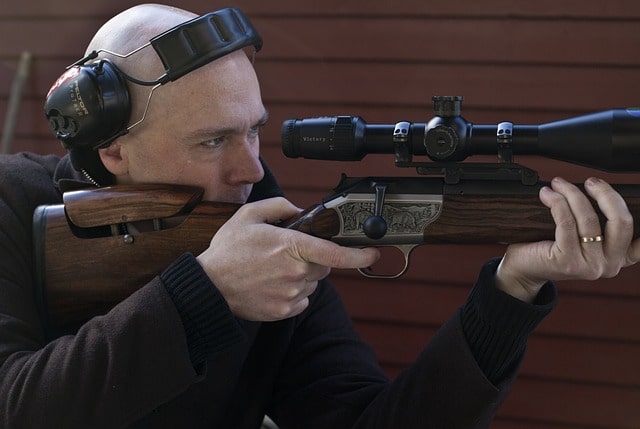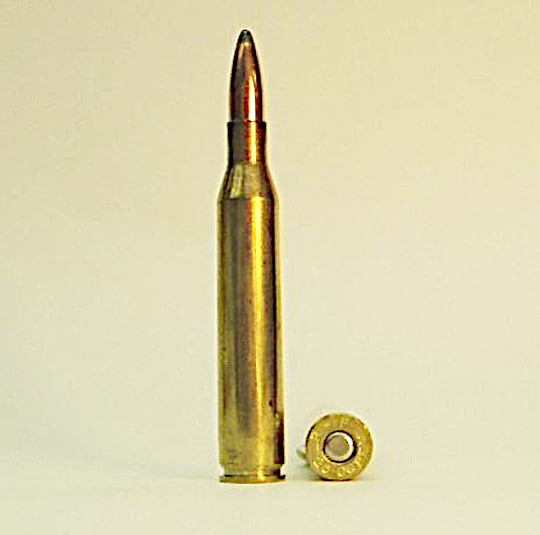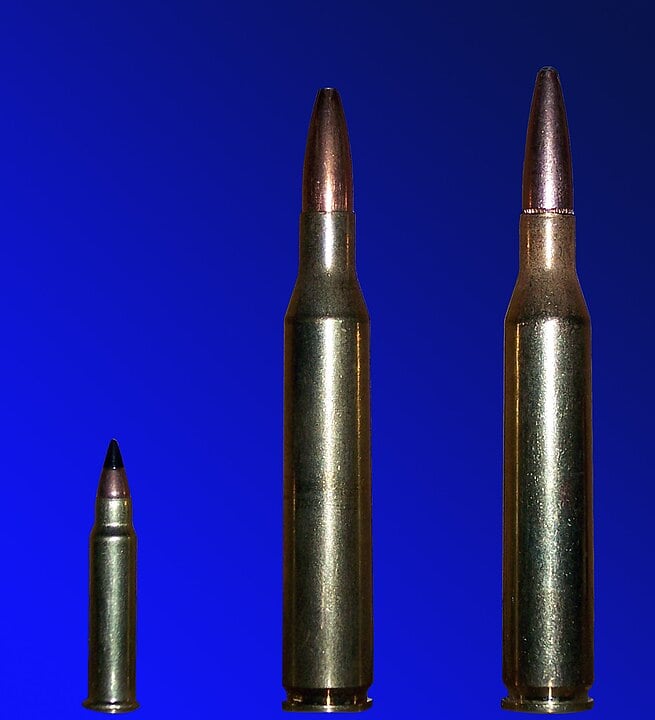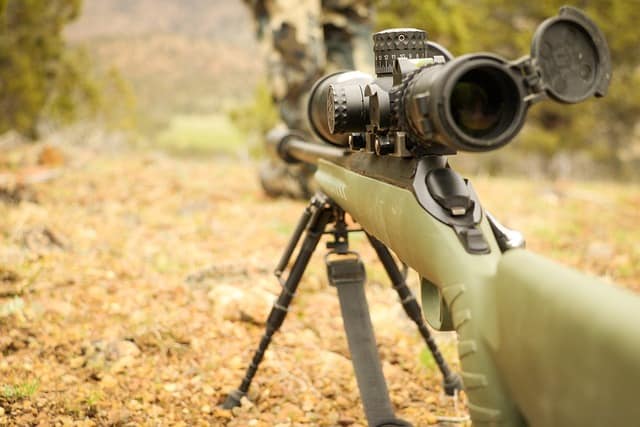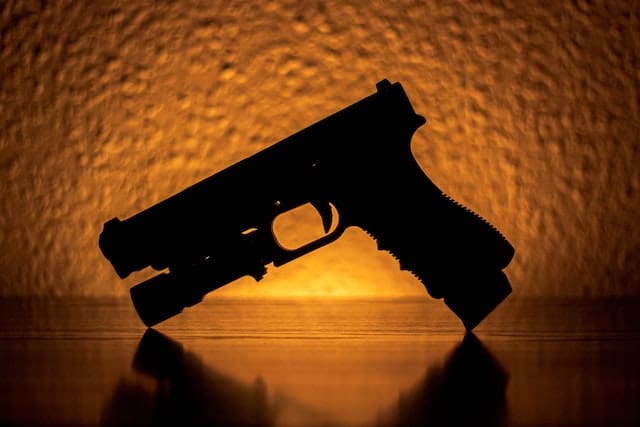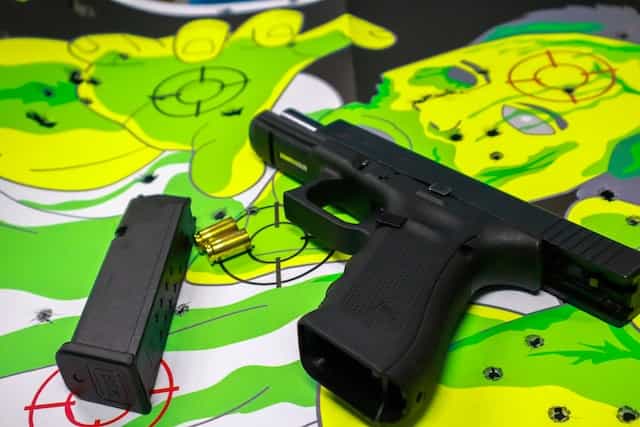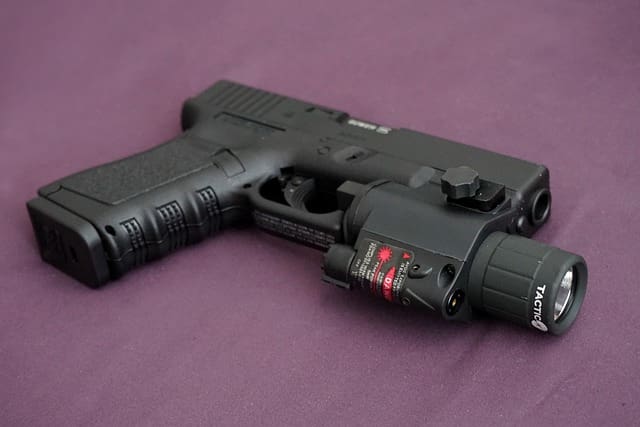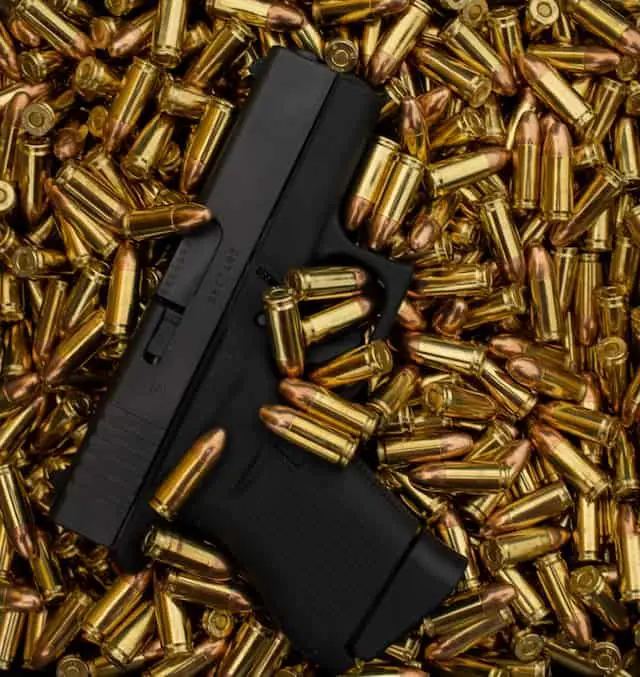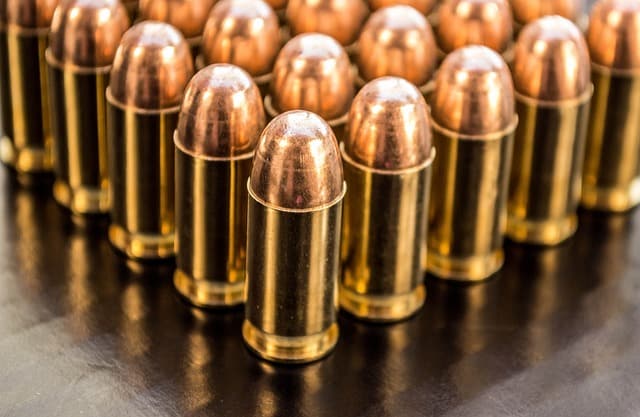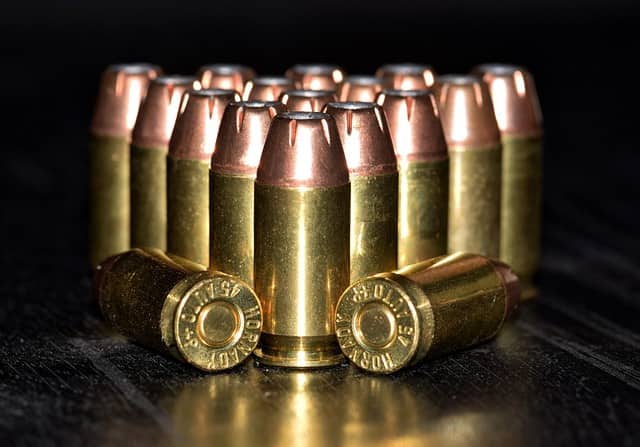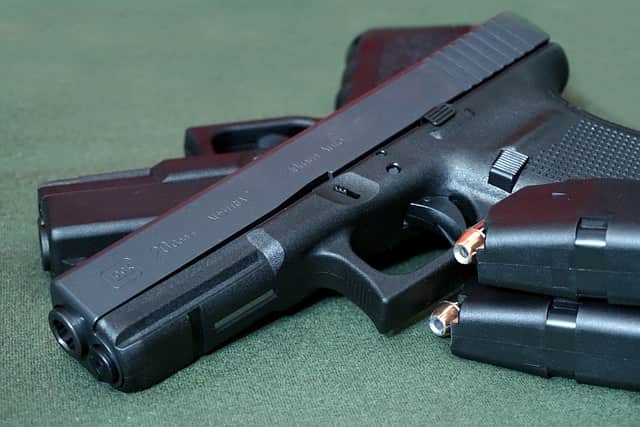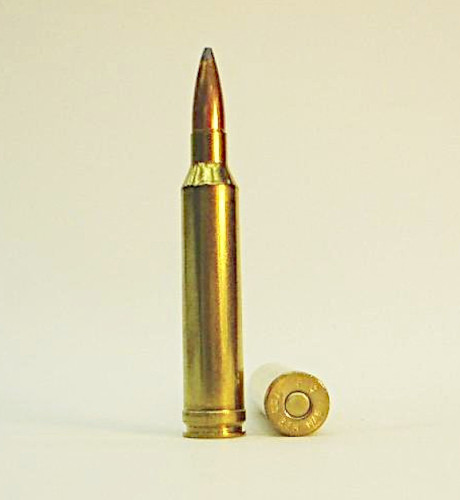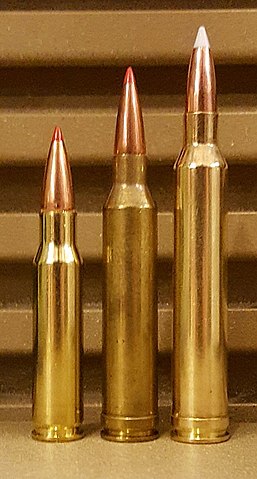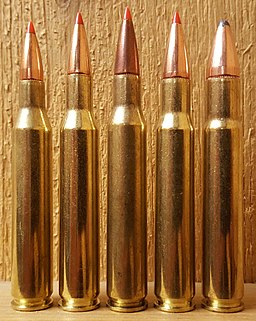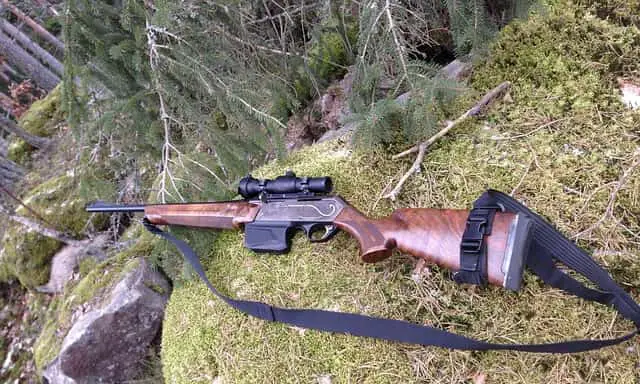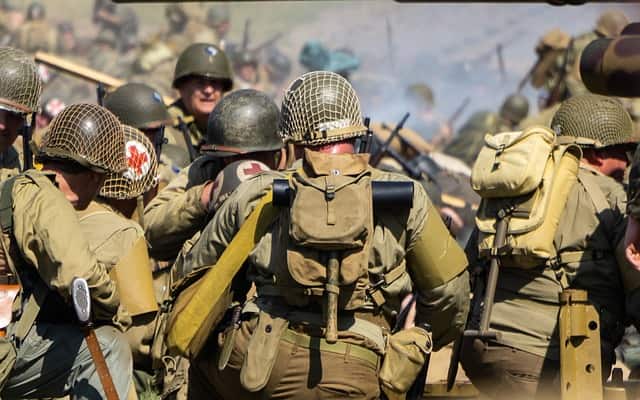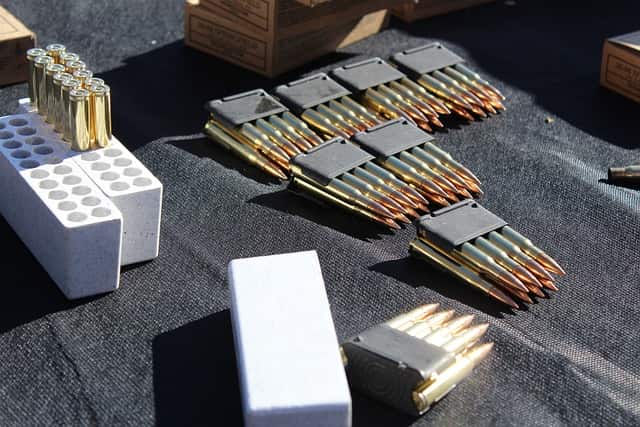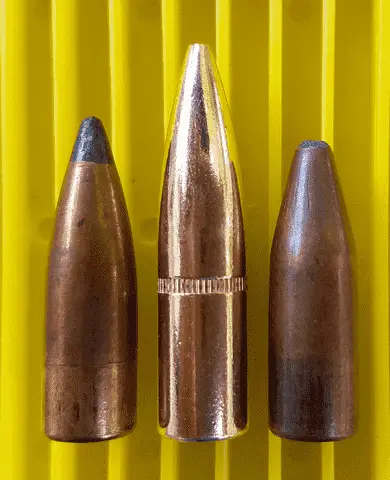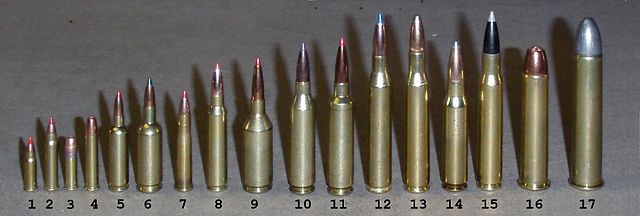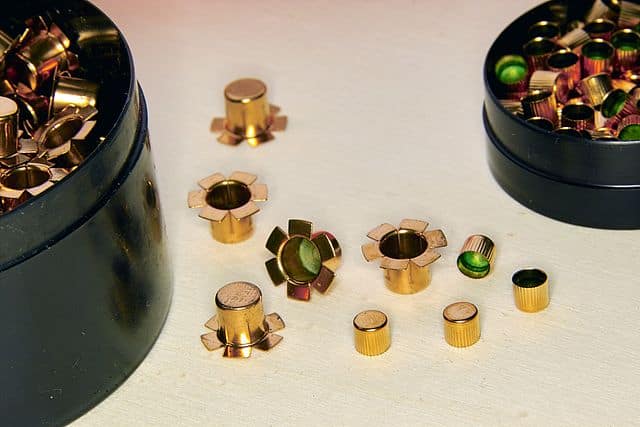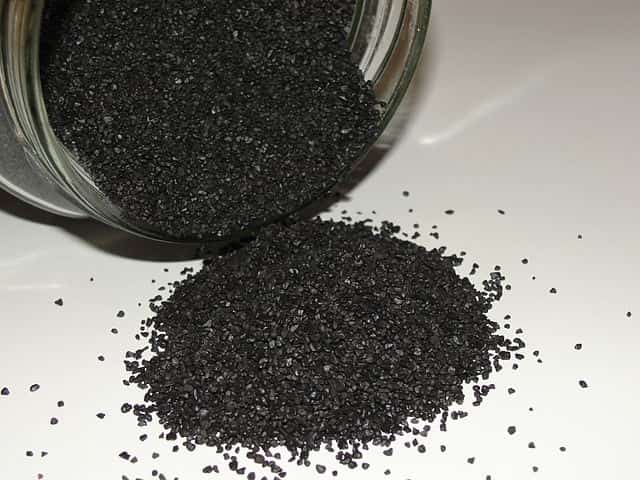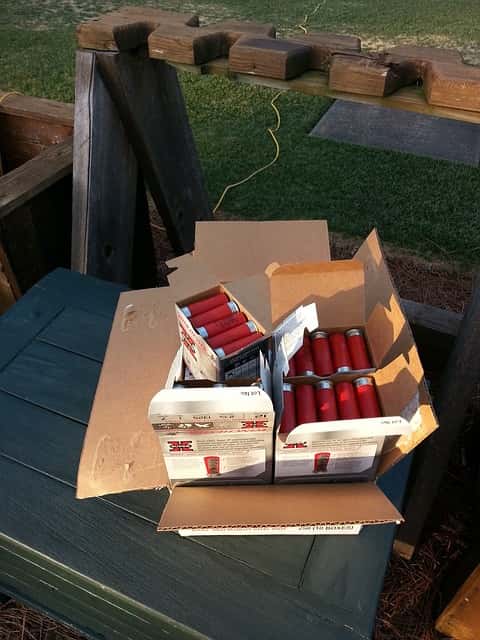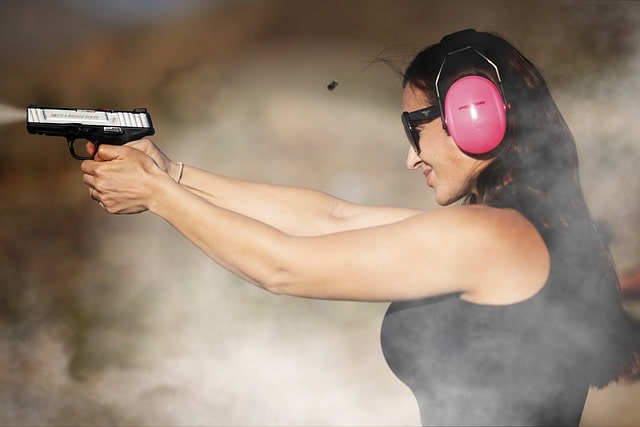
When it comes to firing a handgun, one of the most important things to consider is your safety. This includes not only wearing appropriate protective gear, but also holding the gun at a safe distance from your body. As someone who has been shooting for years, I can tell you that this is a crucial element of gun safety that should not be overlooked.
So, when firing a handgun, how far should you hold it from your body? In general, it is recommended that you hold the gun at least a few inches away from your body to reduce the risk of injury in case of a misfire or other accident.
Importance of Proper Handgun Hold
Holding a handgun correctly can make all the difference in accuracy, recoil management, and overall safety.
Handgun Hold Basics
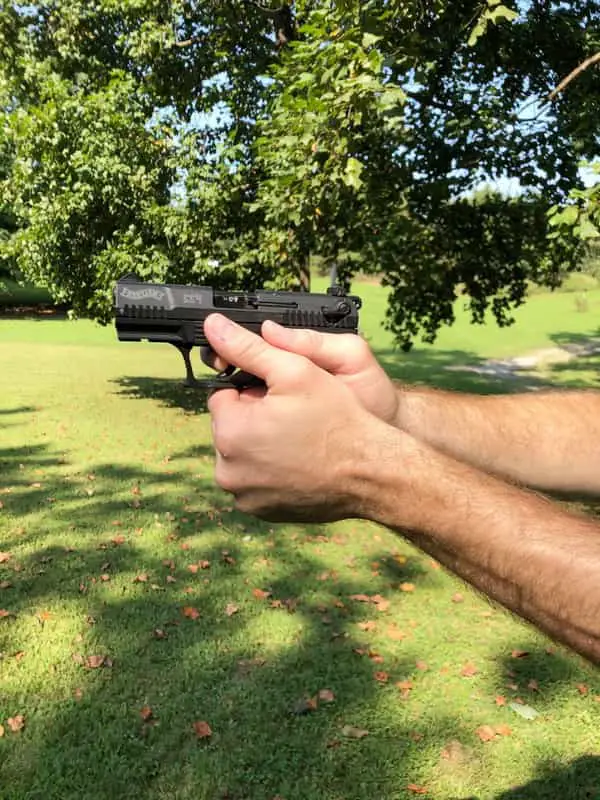
When it comes to holding a handgun, there are a few basic principles that every shooter should keep in mind. First, grip the handgun firmly with both hands. Your dominant hand should be high on the grip, while your non-dominant hand should be lower, with the thumb pointing forward. This will help you control the recoil and maintain accuracy.
Second, keep your elbows slightly bent and close to your body. This will help absorb the recoil and prevent it from pushing you off balance. Finally, keep your finger off the trigger until you are ready to shoot. This will help prevent accidental discharges and keep you and those around you safe.
Factors Affecting Handgun Hold
There are several factors that can affect your handgun hold, including the size and weight of the handgun, the amount of pressure you apply to the grip, and the type of ammunition you are using.
For example, if you are shooting a heavier handgun, you may need to adjust your grip to compensate for the added weight. Similarly, if you are using a high-pressure round, you may need to grip the handgun more firmly to manage the recoil.
It’s also important to consider your stance when holding a handgun. A stable, balanced stance will help you maintain control of the firearm and absorb the recoil more effectively.
Handgun Hold Techniques
The technique you choose can affect accuracy, pressure, recoil, and aim. In this section, I will discuss three common handgun hold techniques that you can use.
Arm’s Length Hold
The arm’s length hold technique involves extending your arms fully to hold the handgun away from your body. This technique is ideal for beginners who are just starting to learn how to fire a handgun. It provides a stable base, reduces recoil, and allows you to aim more accurately. However, it can be a bit tiring to hold the handgun for extended periods.
Isosceles Stance Hold
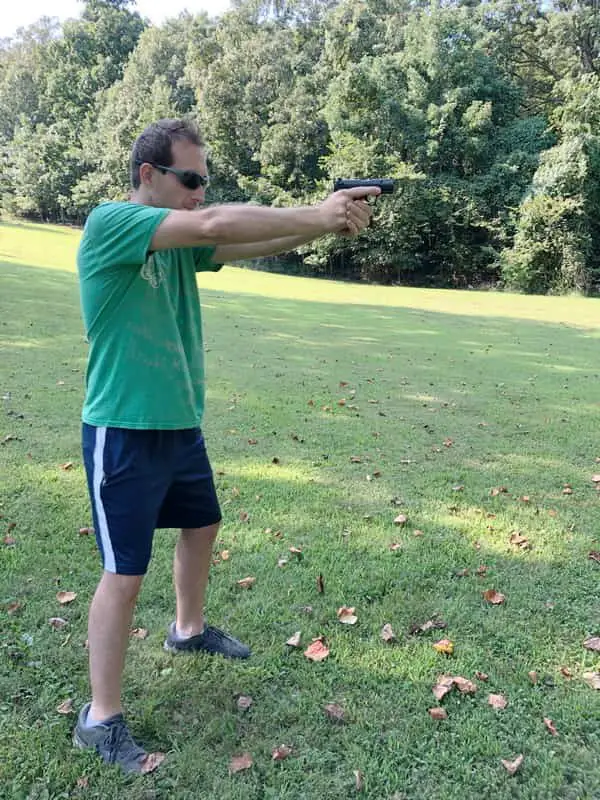
The isosceles stance hold technique involves standing with your feet shoulder-width apart and your arms extended straight out in front of you. This technique provides a stable base and allows you to aim accurately. It also reduces recoil and minimizes the pressure on your arms. However, it can be a bit uncomfortable to hold the handgun in this position for extended periods.
Weaver Stance Hold
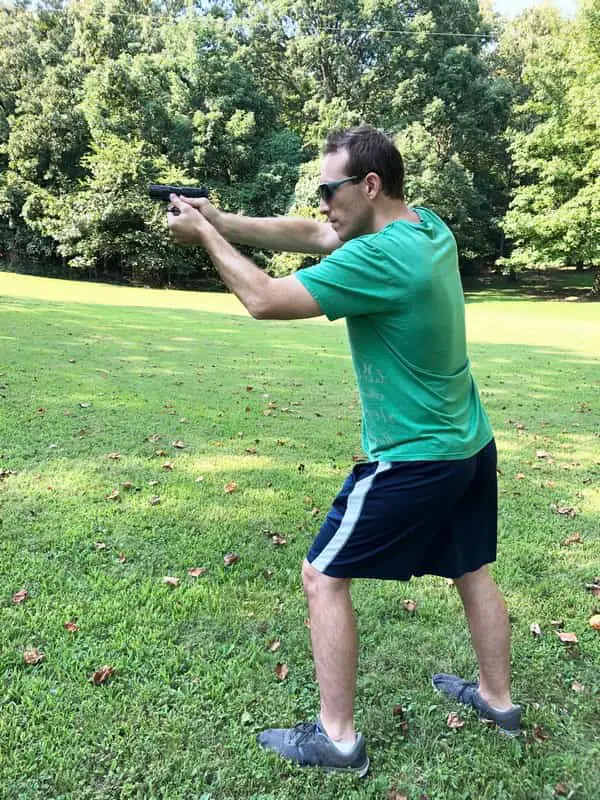
The weaver stance hold technique involves standing with your feet shoulder-width apart, your dominant foot slightly behind the other foot, and your arms extended in front of you. This technique provides a stable base and allows you to aim accurately. It also reduces recoil and minimizes the pressure on your arms. However, it can be a bit difficult to master this technique, and it may take some practice to get it right.
Shooting Positions
Standing Position
When shooting in a standing position, it is essential to maintain a stable and balanced stance. To achieve this, I hold the handgun with both hands, with my dominant hand gripping the handle and my non-dominant hand supporting the grip. I place my feet shoulder-width apart and slightly bend my knees for better stability.
To aim accurately, I focus on the front sight of the gun and align it with the target. I apply equal pressure with both hands, and as I pull the trigger, I try to maintain a steady grip to minimize recoil.
Prone Position
In a prone position, lying flat on the ground, I hold the handgun with both hands, with my dominant hand gripping the handle and my non-dominant hand supporting the grip. I place my feet shoulder-width apart and slightly bend my knees for better stability.
To aim accurately, I focus on the front sight of the gun and align it with the target. I apply equal pressure with both hands, and as I pull the trigger, I try to maintain a steady grip to minimize recoil.
Factors Affecting Accurate Shooting
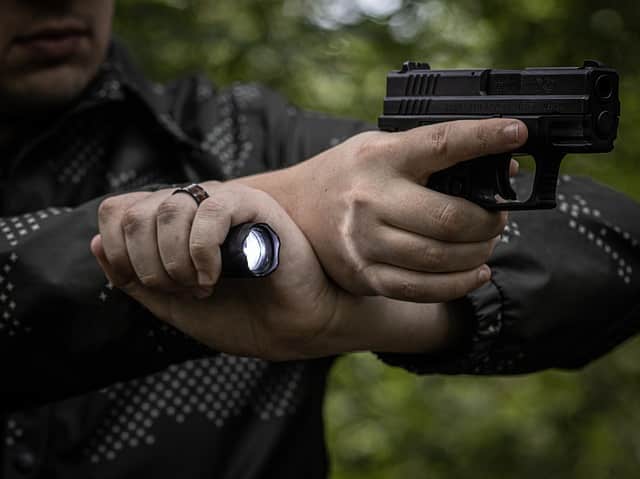
Breathing Techniques
Breathing techniques play a crucial role in shooting accurately. Proper breathing techniques can help you maintain a steady aim, which is essential for firing an accurate shot. When firing a handgun, it is essential to take a deep breath, hold it, and then slowly exhale while pulling the trigger. This technique helps to reduce the movement of the gun, resulting in a more accurate shot.
Trigger Pull Techniques
The way you pull the trigger can significantly impact the accuracy of your shot. A common mistake that shooters make is jerking the trigger, which can cause the gun to move, resulting in an inaccurate shot. To prevent this, it is essential to pull the trigger smoothly and steadily, applying consistent pressure until the shot fires.
Slow and Steady Pressure
Another factor that affects accurate shooting is the pressure applied to the gun. Applying too much pressure can cause the gun to move, resulting in an inaccurate shot. On the other hand, applying too little pressure can cause the gun to wobble, also resulting in an inaccurate shot. To shoot accurately, it is essential to apply slow and steady pressure to the gun, maintaining a consistent grip throughout the firing process.
Other Firearms
Rifle Firing Positions
When it comes to firing a rifle, there are three main positions: prone, kneeling, and standing. The prone position offers the most stability and accuracy, as it allows for the most contact with the ground. The kneeling position is less stable but still allows for good accuracy. The standing position is the least stable and accurate, but it is the most versatile and can be used in a variety of situations.
When Firing a Handgun, How Far Should You Hold it From Your Body?
Based on my research and personal experience, I recommend holding the handgun at least 12-18 inches away from your body when firing. This distance allows for proper recoil management and reduces the risk of injury from hot gases and debris expelled from the gun.
To find the right distance, hold the handgun with both hands and extend your arms out in front of you. Your arms should be straight but not locked, and your elbows should be slightly bent. The handgun should be held at eye level, with the sights lined up with your dominant eye.
It’s important to note that the accurate range of a handgun depends on the type of handgun and the skill of the shooter. Generally, handguns are accurate up to about 25 yards, but this can vary depending on the individual and the circumstances.
Have you ever thought about buying ammo online?
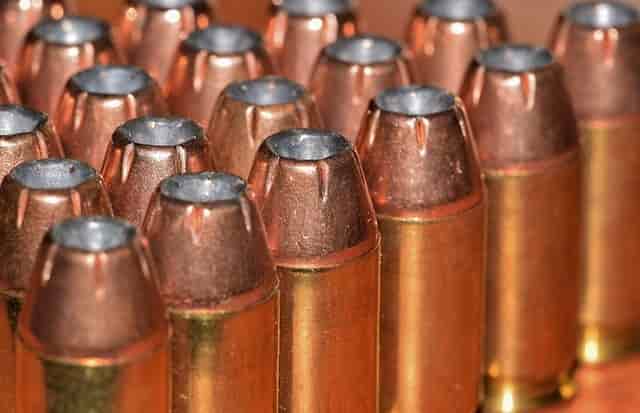
I’m telling you it’s so easy with Lucky Gunner! The ammo shown on their site is guaranteed to be in stock and will ship fast. I heartily endorse Lucky Gunner and so do their many customers.
“Okay, so far I’ve dealt twice with LuckyGunner, and all I can say is, I LOVE YOUR COMPANY!!!!
Imagine: only items in stock are advertised. Who’da thunk, eh? The more highly advertised ones – Cheaper Than Dirt, Cabela’s, et. al. – will put you on backorder forever and a day. But LuckyGunner – I ordered 500 shells of .45 ACP (hard to get in this “shortage”) – and there it was at my address. No backorders, no bull. Business as it should be.
Yes, I’m telling my friends! I’m constantly writing down your addy on bits of paper (and running out of the latter), spreading the joyous news, “No backorders! No bull! Try LuckyGunner.com, you won’t be sorry!” Thank you for being there for an ammo-starved public. And, thanks for the SUPERB customer service.”
— Walter J., Silverdale, WA —

